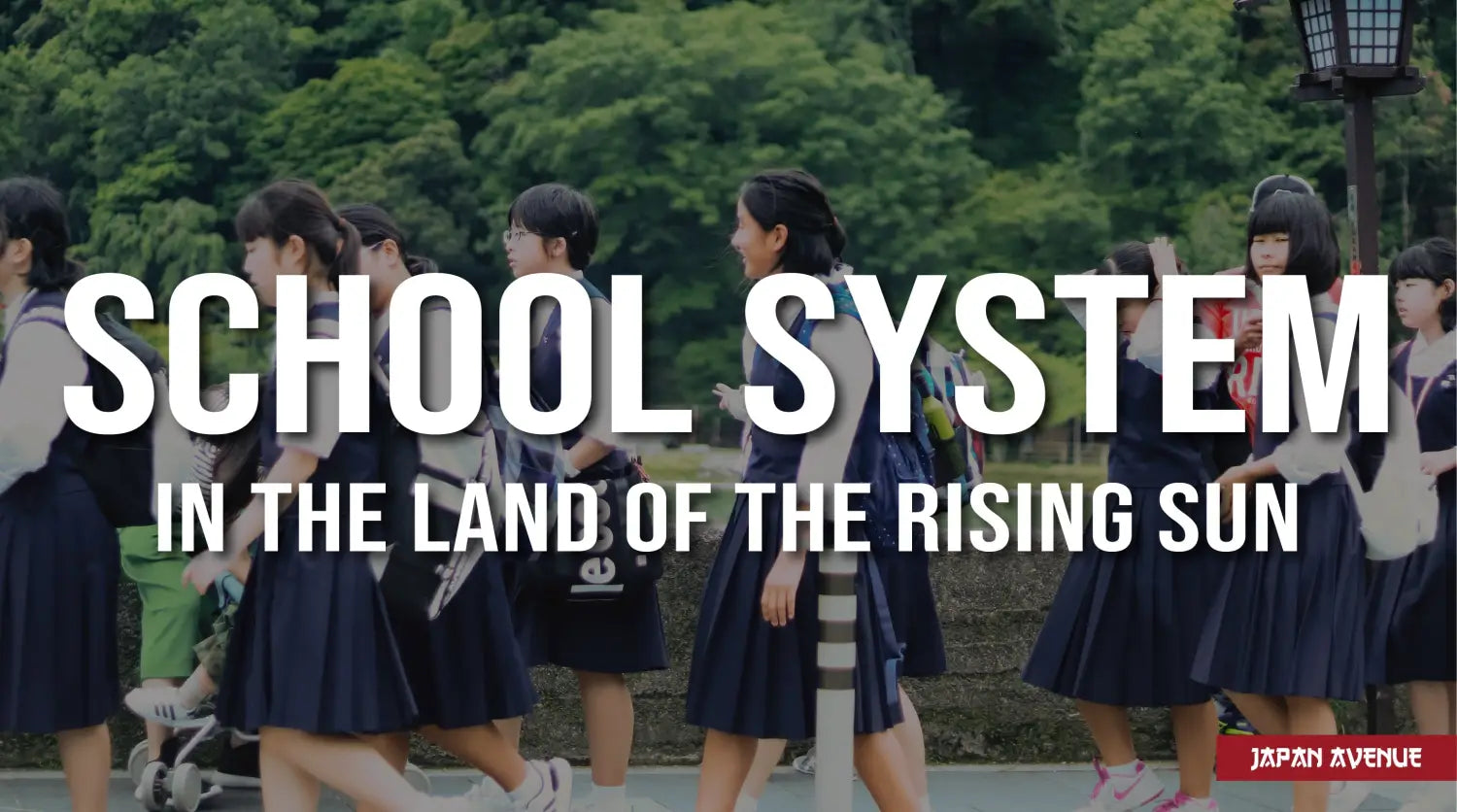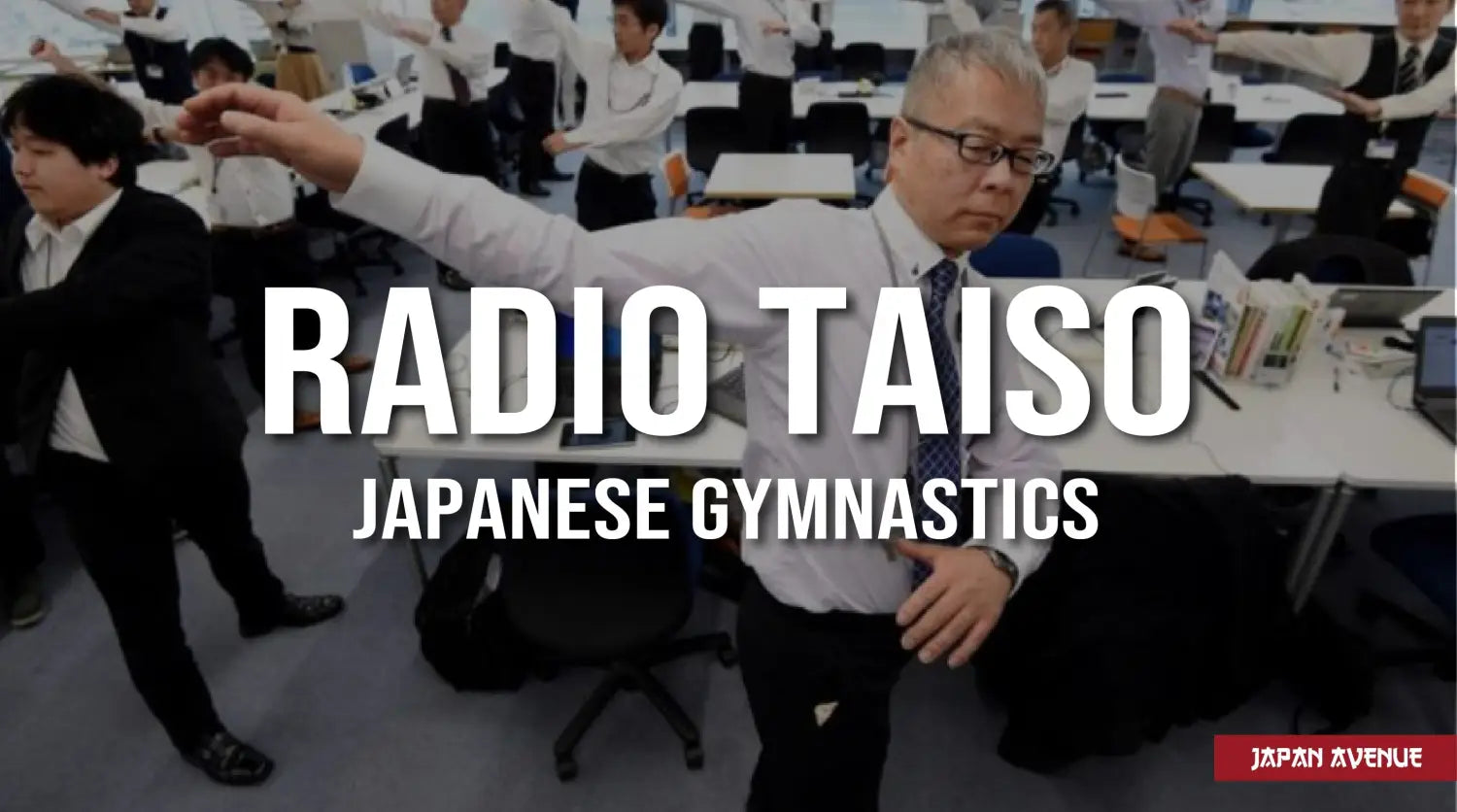Education is the foundation of the world of tomorrow 🤔... Yes, school, in addition to providing knowledge, is supposed to prepare for life and instill values. This is particularly true in the Land of the Rising Sun.
If the japanese school system is known to be very demanding and selective, it teaches useful values such as living in a community, respect for others or the sense of responsibility.
Focus on the Japanese school system, both challenging and inspiring. 🤷♀️
🤓 The school system in Japan
School in Japan, as in many developed countries, is secular and compulsory from the age of 6 until 15. Moreover, the Japanese school curriculum includes primary, secondary and higher education, mixing public and private schools.
👧 Kindergarten

Fuji Kindergarten - Tokyo. Source: afilii.com
There are two types of kindergartens in Japan: the yochien (幼稚園), which is under the Ministry of Education, and the hoikuen (保育園), a day care center that is under the Ministry of Health. The kindergarten welcomes children from 3 to 6 years old. Games, songs, dances, coloring, story reading, outings - the activities are varied and adapted to the little ones.
Japanese children learn how to live in a community from a very young age. They take off their shoes at the entrance of the school to avoid dirtying the common areas and get into the habit of putting away their toys. In the archipelago, little schoolchildren are often given responsibilities such as watering the vegetable garden or taking care of the class hamster.
In Tokyo, a revolutionary kindergarten has opened its doors. It consists of a circular structure without walls, completely open to the outside and to nature. At Fuji Kindergarten, children are free to move around and go to other classes at any time.
🎒 Elementary school

Credit: REUTERS/Carlos Barria
From the age of 6, education becomes compulsory and children attend shogakko (小学校) elementary school until their 12th birthday. In Japan, elementary schools are particularly well equipped. It is not uncommon to find a swimming pool, a laboratory, sports or music rooms to welcome children for extracurricular activities. School starts at 8:30 in the morning and ends early in the afternoon, which allows children to do other things after school. Thus, many children practice sports and artistic activities. No canteen here... meals are served directly in the classroom. They are healthy and balanced; perfect for learning to eat well from a young age.
During these six years of primary school, little Japanese children learn to be responsible for their affairs and to respect the rules of courtesy. For example, they clean their classrooms and common areas. Likewise, they attend school alone, all wearing the same hat and carrying a school bag called "randoseru".
🧒 Middle school

Source: ichiban-japan.com
Middle school, or chugakko (中学校) in Japanese, lasts for three years. From ages 12 to 15, students work six hours a day with ten-minute breaks between classes. Similar to the French education system, students have one teacher per subject. From middle school on, the workload is very heavy and students compete with each other. This is why many children take extra classes after school. Middle school students have a hard life in the archipelago. In addition to this, bullying among students is particularly widespread in Japan. Fortunately, extracurricular club activities help to release the pressure in a good spirit of camaraderie.
🙋♀️ High school

Japanese teenagers enter high school (koko 高校) at the age of 15 and pursue a three-year course with many exams. The days consist of 6 to 8 hours of classes cut by lunch break. Students usually bring a bento. While most high schools in the Land of the Rising Sun are co-educational, there still exist some all-girls and all-boys high schools.
🤩 University and high schools

To enter university (daigaku 大学), students must obtain the Daigakenyugakehigun: a capital diploma for students, which causes much stress. After all, their professional future is at stake here. Depending on the results, young people will be able to enter the field of their choice or not. In Japan, university studies last 4 years for a Bachelor's degree, 6 years for a Master's degree and 9 years for a Doctorate.
🏫 Some key points regarding school in Japan
If there are similarities in some aspects, there are nonetheless marked differences, whether it be in terms of learning, school rhythm or the values instilled. Let's list a few:
🤯 Learning based on memorization
While we try to cultivate analytical skills, in Japan, students are taught in a lecture style and learning is based on the rote method. The problem is that Japanese students are not encouraged to develop critical thinking or initiative skills. Thus, some of them may find themselves in trouble as soon as they are confronted with situations that are out of their routines.
🕰 The school rhythm in Japan
In the archipelago, the school year does not start in September, but in April, and ends in March. That's right, the first day of school always takes place on April 1st, during the cherry blossom season. In Japan, the school year consists of three terms separated by summer vacations, Christmas holidays and spring vacations. From university on, the year is divided into two semesters.
👩🎓 Wearing a uniform in Japanese schools

Wearing uniforms is commonplace in schools, especially in Japanese middle and high schools. Because of its culture, the country is very much into collective living and advocates a certain conformism. If the uniform is rather well considered by the students, it can also be seen as a lack of freedom and sometimes causes scandals. Indeed, the concept is sometimes taken to the extreme and people quibble about the length of skirts or the color of hair. Also, in some establishments girls are not allowed to wear tights even when it is really cold... Not very comfortable for them. 🤷♀️
⚽ Education and extracurricular activities
In Japanese schools, specific subjects complement general education. In addition to math, science, Japanese language... students learn traditional arts like calligraphy and poetry. Similarly, the teachers prepare the new generations for the collective life with moral, social education, etc.
As mentioned above, Japanese children and students are often involved in extracurricular activities after school or during weekends. They join sports, art or culture clubs called bukatsu and participate in nationwide competitions.

Source: nemuyoake.wordpress.com
🙇♂️ Rigor, discipline and elitism
In school, there is a lot of pressure from the Japanese society. In the archipelago, you don't repeat grades and you don't skip classes. Lastly, the level of language is different depending on the hierarchy of the person you are talking to. As a result, students learn very quickly to obey the elders and those who have more experience.
In Japan, the academic record is a determining factor for entering highly rated schools. The grading system is based on the percentage principle. Entrance to university, high school, college and even elementary school is conditioned by competitive examinations, which leads to a certain elitism. It is important to note that the job market relies heavily on the reputation of universities. It is not surprising that many students take night classes (juku).
So, what do you think of the Japanese school system?



